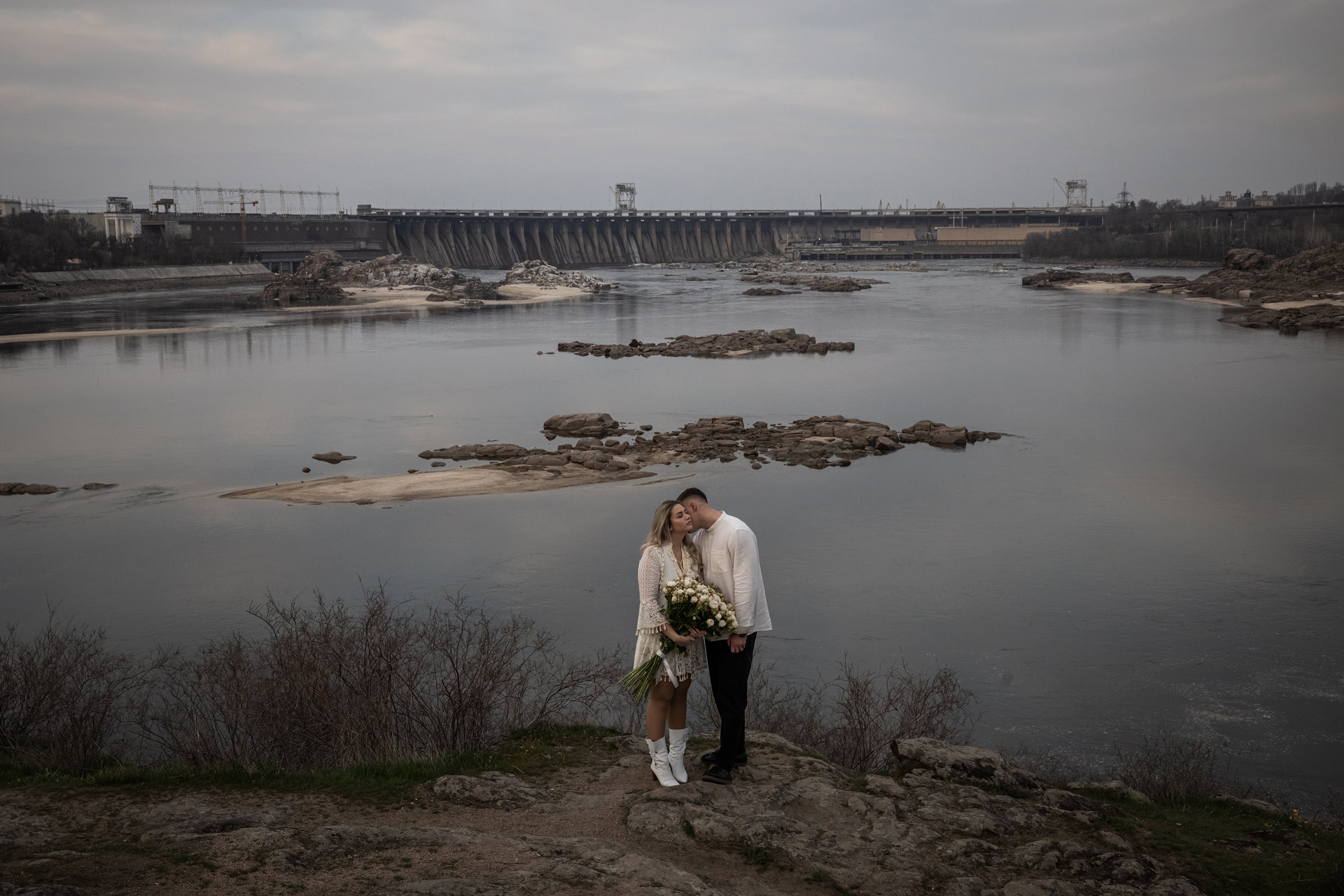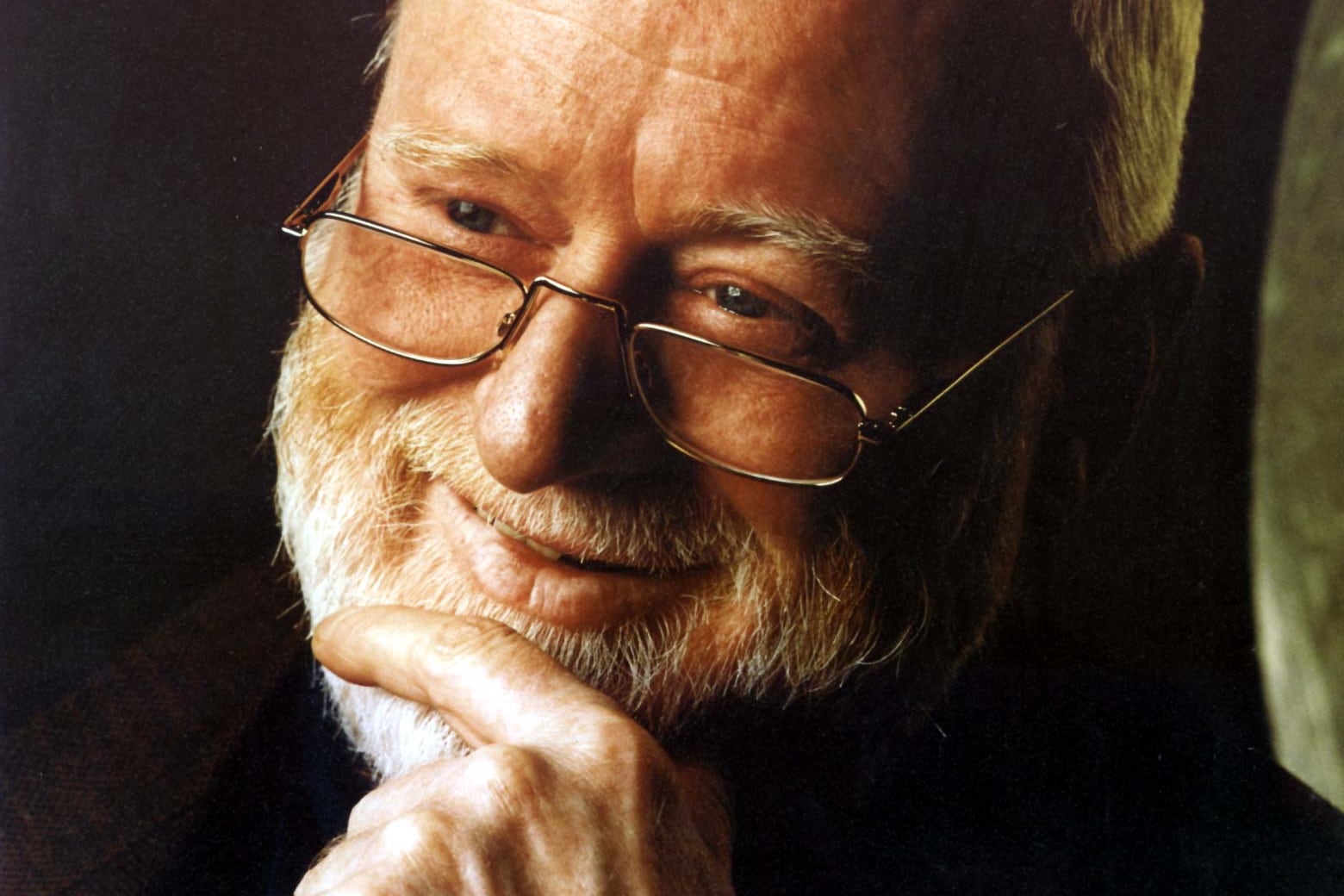October 23rd marks the fiftieth anniversary of the Pitchfork murders, the stabbing to death of two South Fermanagh men by a group of British soldiers.
The deaths of farmer and civil rights activist Michael Naan (31), and Andrew Murray (24), a friend and employee of Naan’s, at a farm near the County Fermanagh village of Newtownbutler, were among the most brutal killings of the Troubles. Naan was stabbed at least 17 times; Murray 13 times. It was rumoured that the murder weapon was a pitchfork, even though the post-mortem examinations confirmed that a double-edged knife was used.
The perpetrators may have escaped if it was not for another soldier’s tip off to police in Britain searching for the Yorkshire Ripper. Referred to as Witness A by the police, the soldier feared that his former comrades were killing again, this time stabbing and bludgeoning to death women in England.
Witness A refused to give a written statement after speaking to police about the Pitchfork murders in December 1978, claiming that his life would be in danger if he did so. His suspicions about the connection between the Yorkshire Ripper and the Fermanagh cases were incorrect. Nonetheless, his information eventually led to the conviction of Sergeant Stanley Hathaway and Corporal John Byrne for murder in 1981.
RM Block
Lance Corporal Iain Chestnut was convicted of manslaughter, and the men’s platoon commander, Lieutenant Andrew Snowball entered a guilty plea to a charge of withholding information from the police. (These were the ranks held by the men when they served in 13 Platoon, D Company, 1st Battalion, Argyll and Sutherland Highlanders - 1 Argylls – in October 1972.) Despite these convictions, significant questions over what the wider British Army knew about the Pitchfork killings remain unanswered five decades later.
The Argylls believed that Michael Naan was one of their most dangerous enemies. Argyll officers reported that the UDR in Newtownbutler had identified Naan as the quartermaster for the South Fermanagh Provisional IRA. IRA attacks on UDR soldiers in the area were becoming more frequent; Naan’s neighbour Private Robin Bell was shot dead on October 22nd.
There is no evidence to suggest that Naan was a member of any illegal organisation. However, the Fermanagh civil rights association was suspected by many within the UDR as being a front for the IRA. Moreover, the Naan farm in the townland of Aughnahinch, just to the south of Newtownbutler, had previously been owned by the aunt of the local UDR intelligence officer. Resentment endured locally that the farm had been “lost” to Catholic ownership.
At the time of the murders of October 23rd, 1972, an Argyll soldier, Private “Fluff” Owens, was reported as having gone missing near Newtownbutler. The disappearance of Private Owens was an especially serious event, reported “at all levels” of military command in Northern Ireland. (He later turned up unharmed a few hours after the murders, having got lost while out on patrol.)
Fearing that Owens had been abducted and was in danger of being tortured or killed by the IRA, Sergeant Hathaway and at least three other soldiers from 13 Platoon, went to interrogate Naan at his farm sometime between 6 and 7 pm. Hathaway told police that he found Naan “mucking out” in an outhouse.
At some point the interrogation became violent. By Hathaway’s account, Corporal John Byrne shouted, “‘Do him in’ or something like that. I had the knife in my pocket. I had taken it off one of the platoon who had it on his belt. I got it out and struck him in the stomach.”
After killing Naan, Hathaway then went outside into the farmyard, where Andrew Murray was being guarded by Lance Corporal Ian Chestnut. Murray is generally recalled by his friends for his exceptional love of nature and his gentleness. He offered no resistance to his captors who told him to lie down on the ground.
Hathaway and Byrne decided that Andrew Murray was collateral damage, a witness to be eliminated. Lance Corporal Ian Chestnut recalled Murray’s murder, “Hathaway was kneeling. Byrne sat across his back on his lower back or rump facing Hathaway… There were a couple of thumps and grunts out of Murray and on the second or third thump there was a grating noise.”
Did other officers, besides Lieutenant Snowball, know about the murders long before Witness A passed on information to the police?
The British Army hoped that the convictions at Belfast Crown Court in 1981 would demonstrate that military justice worked, that the perpetrators had ultimately been held to account. But did other officers, besides Lieutenant Snowball, know about the murders long before Witness A passed on information to the police?
D Company’s former commander, Major Jeremy Mackenzie, continued his smooth elevation through the ranks of the army. He ultimately retired as a three-star general with a knighthood, a former commander of NATO’s Allied Rapid Reaction Corps. Charismatic, tough and exceptionally fit, Mackenzie drove his soldiers on relentlessly. He also had an extrovert streak. While fighting communist insurgents as a young lieutenant in Borneo in the early 1960s he was reported as having tied a human head – given to him by a local tribe – to his rucksack.
However, Mackenzie’s successive interviews with police investigating the Murray/Naan murders had been far from unproblematic. His evidence was contradictory and confusing. Mackenzie initially claimed that Naan was a “non-entity” and that none of his soldiers were in area, before later changing his mind, conceding that Naan could have been on a list of suspects and that he may have given permission for a reconnaissance patrol to go to his farm.
Mackenzie denied that D Company had access to a civilian vehicle – called a “Q van” - while in Fermanagh. The RUC later tracked down the army driver of D Company’s Q van during the Argylls’ deployment in Fermanagh. Detectives decided to interview Mackenzie under caution.
Stonewalling
A RUC report noted that, “very unusually”, there had been a pattern of military stonewalling when it came to cooperating with the investigation. An RUC Special Branch officer also concluded that vital evidence, documents showing the locations of D Company positions and communications on the night of the murders, were probably deliberately destroyed.
Witness A was present in D Company Headquarters, located at the RUC station in Lisnaskea, on the night of the murders. He described Major Mackenzie and Sergeant Major John Higgins leaving D Company headquarters at approximately 7pm that evening and getting into a Q van. They took a military night sight device with them. They returned to RUC LIsnaskea approximately an hour later in “an agitated, almost shocked condition”.
Sergeant Major Higgins confirmed that while in Fermanagh he was in charge of Major Mackenzie’s military escort. He also initially told police that he was nowhere near Naan’s farm on the night of October 23rd, 1972. Later, under police caution, he changed his mind. Now he told the RUC that he was at an Observation Post (OP) on a nearby hill overlooking Naan’s farm. Using a starlightscope night-vision device, he observed Sergeant Hathaway and three men from 13 Platoon entering Naan’s farm.
Witness A had good reason to be afraid. Within a month of Witness A’s visit to a police station in Edinburgh, the main suspects knew the identity of the “grass”. The Argylls had contacts within the RUC. One of these revealed the identity of the police witness.
Witness A became more convinced that the police could not protect him. And so, an important question has remained unanswered for fifty years – where exactly was General Sir Jeremy Mackenzie on the night of October 23rd, 1972?
Edward Burke is a lecturer in the history of war at University College Dublin and the author of An Army of Tribes: British Army Cohesion, Deviancy and Murder in Northern Ireland














